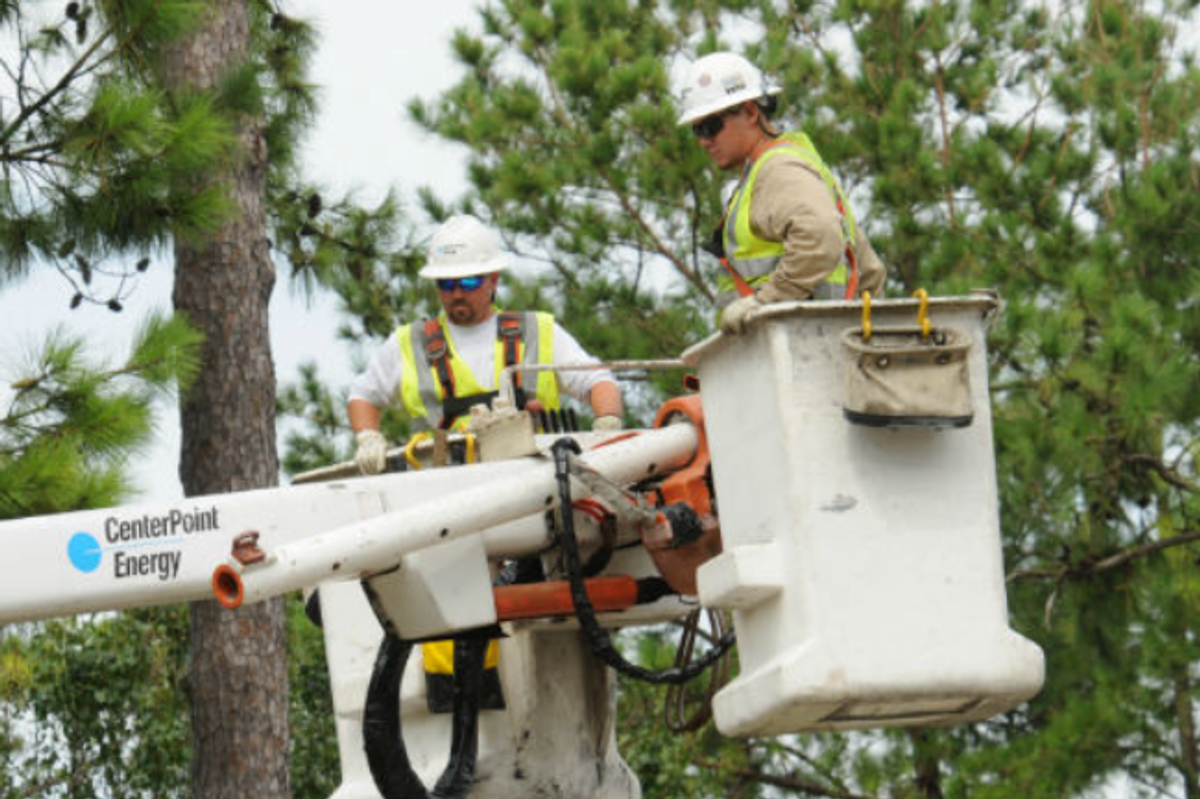Home Depot taps Houston company as exclusive solar, battery service partner
deal's on
Houston-based clean energy company Sunnova Energy International has been tapped as the exclusive provider of solar power and battery storage services for the more than 2,000 Home Depot stores in the U.S.
Under this partnership, Home Depot customers will be able to buy Sunnova’s Adaptive Home products. The Adaptive Home line combines solar power, battery storage, and smart energy management.
Sunnova didn’t assign a value to the Home Depot deal.
“Our goal is to make clean, affordable, and reliable energy services more accessible to everyone,” Michael Grasso, executive vice president and chief revenue officer at Sunnova, says in a news release. “As utility rates continue to skyrocket across the country, weather patterns worsen, and remote work becomes more prevalent, the need for resilient, affordable, and dependable power at the home is non-negotiable.”
In 2021, Sunnova rolled out its SunSafe solar and battery storage service at 100 Home Depot stores in hurricane-prone states like Florida, Maryland, and Virginia. A year later, Sunnova made the service available to all Home Depot stores in Puerto Rico.
In 2023, Sunnova expanded the SunSafe offering to 15 Home Depot markets, encompassing about 400 stores.
Publicly traded Sunnova, founded in 2012, had 419,200 customers at the end of last year.
The company recorded revenue of $720.7 million in 2023, up from $557.7 million the previous year. Its net loss in 2023 totaled $502.4 million, up from $130.3 million in 2022.










